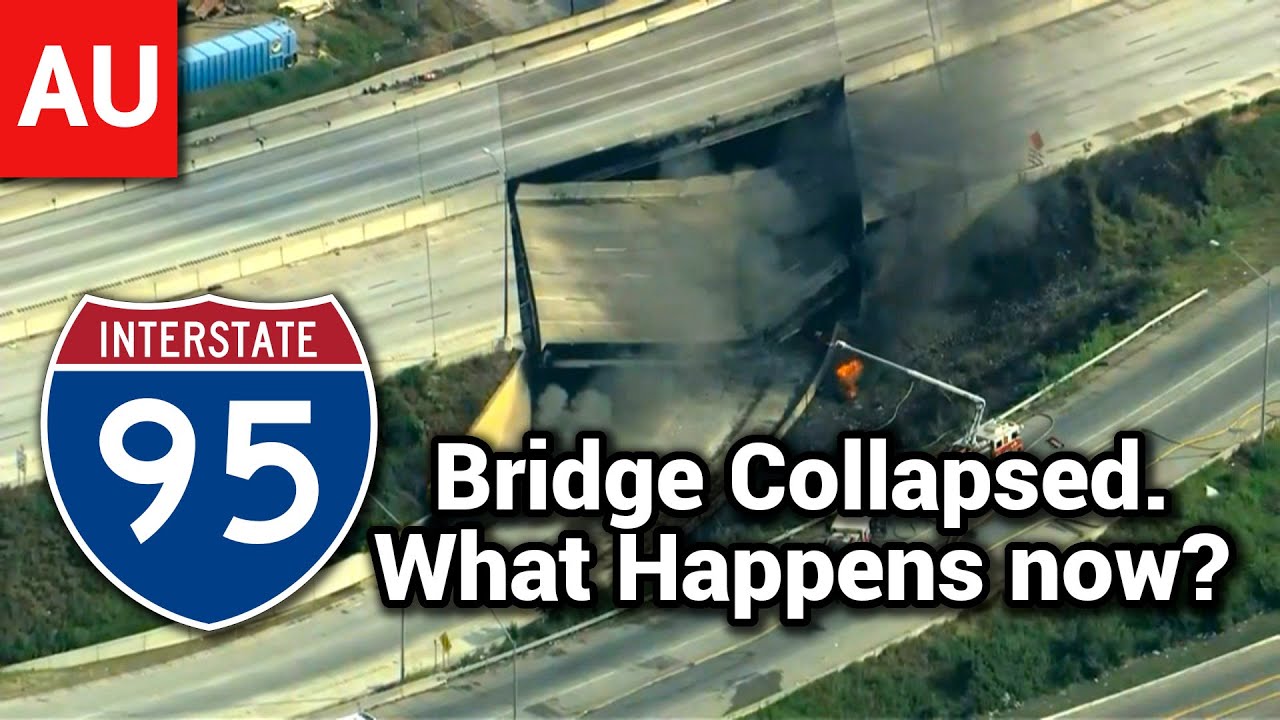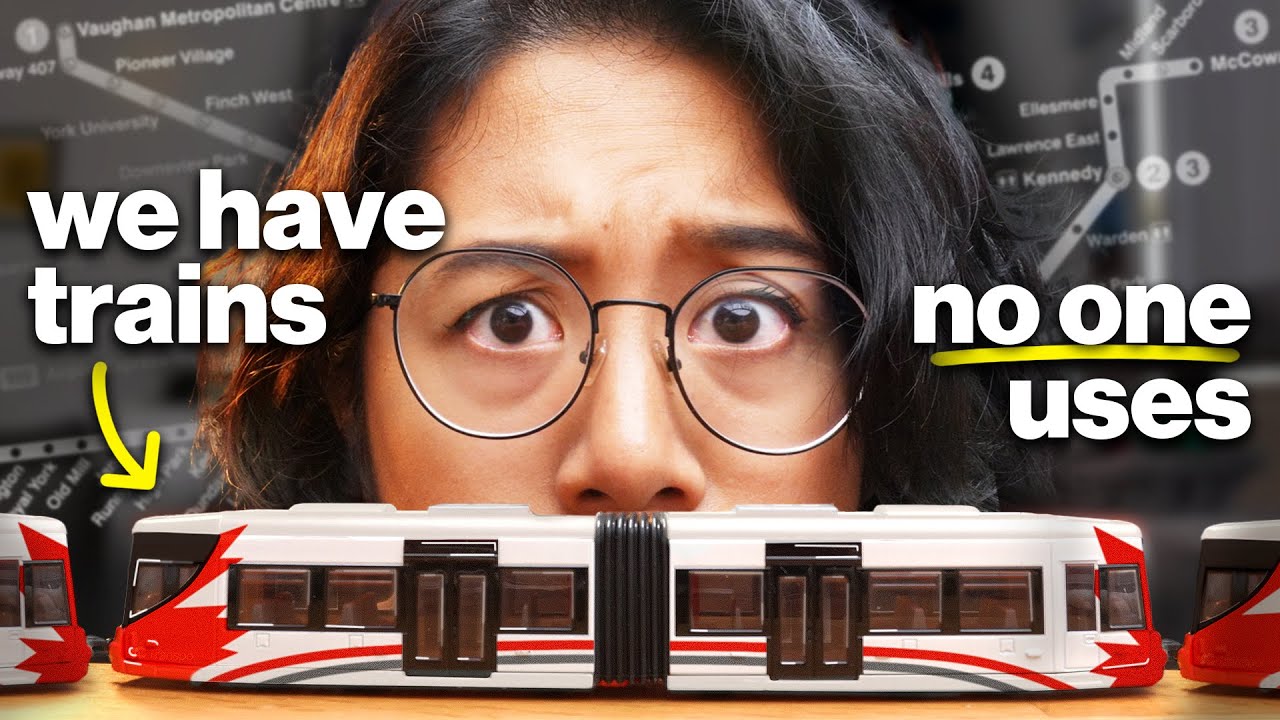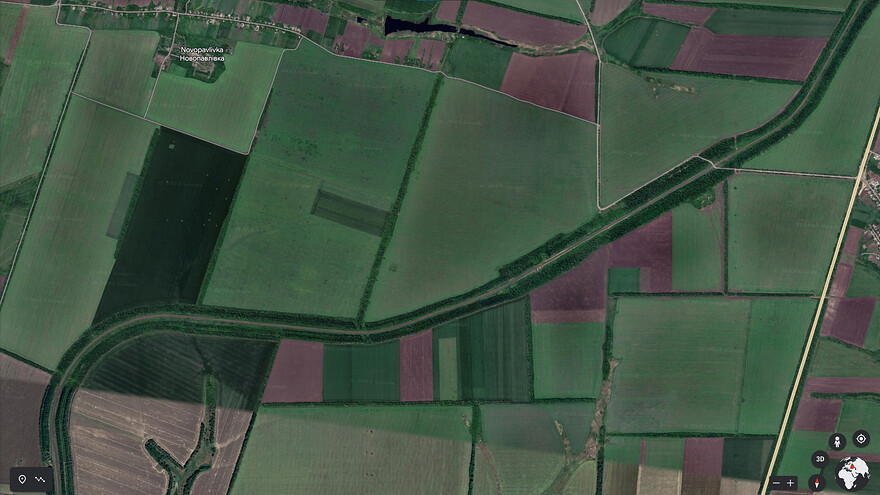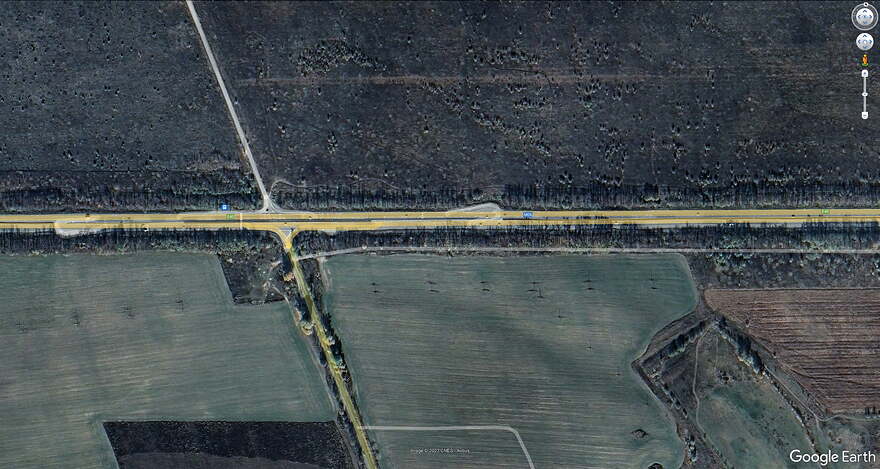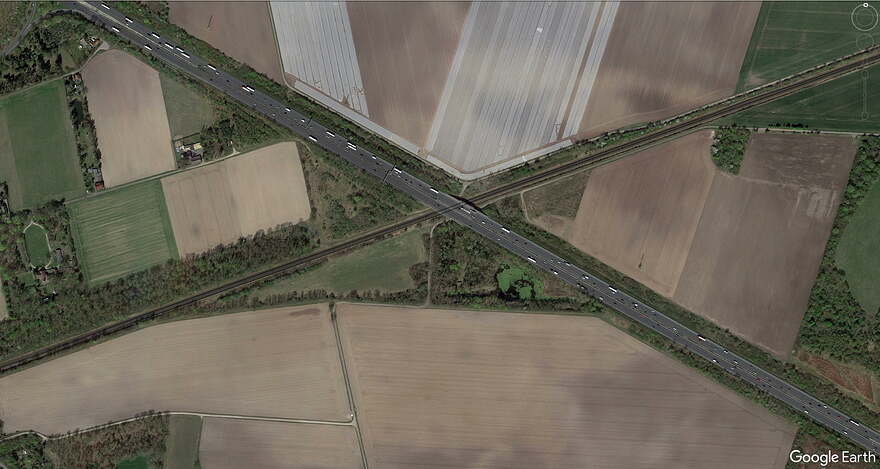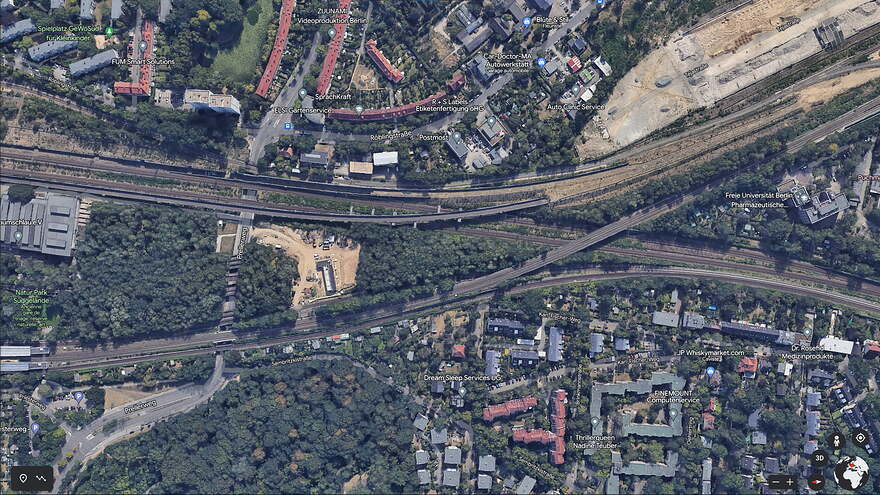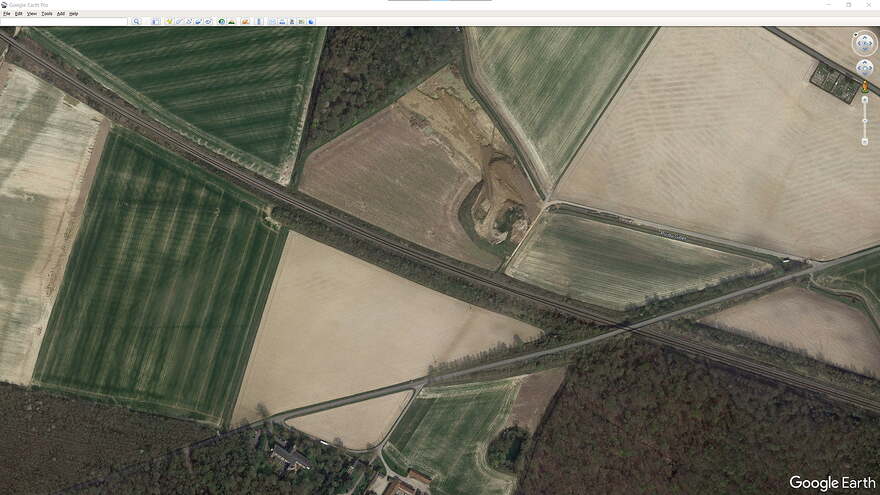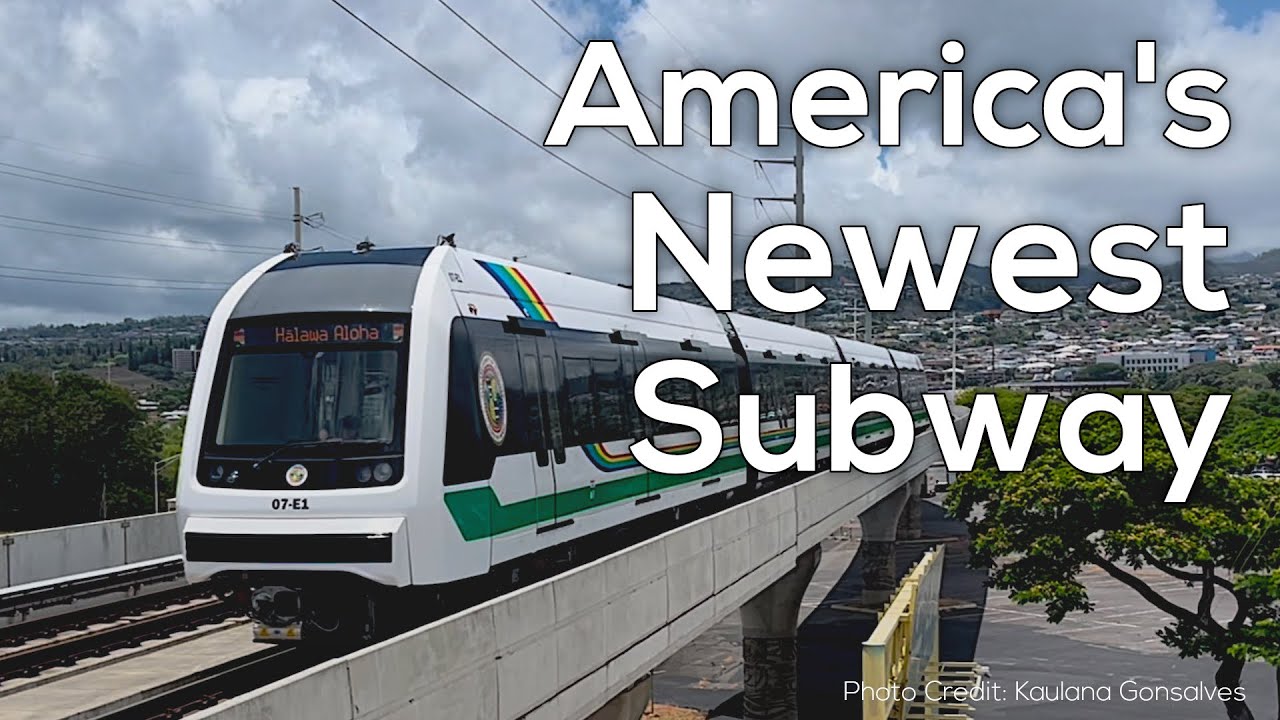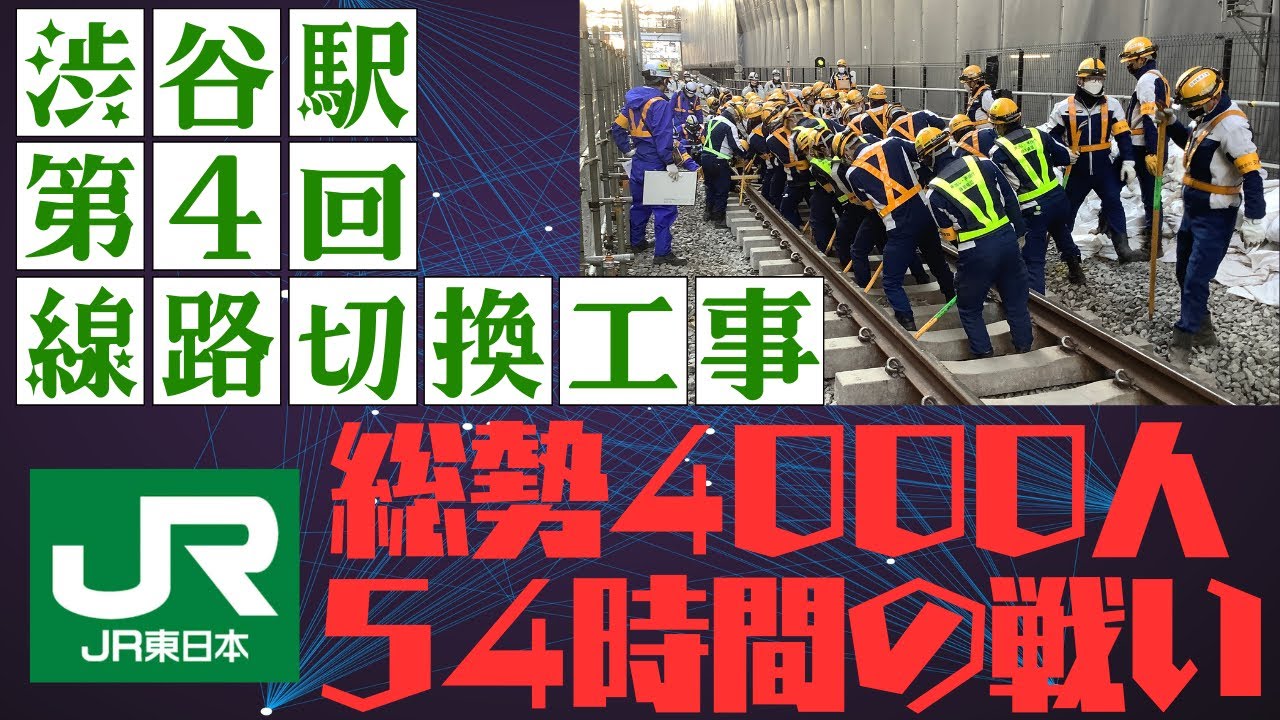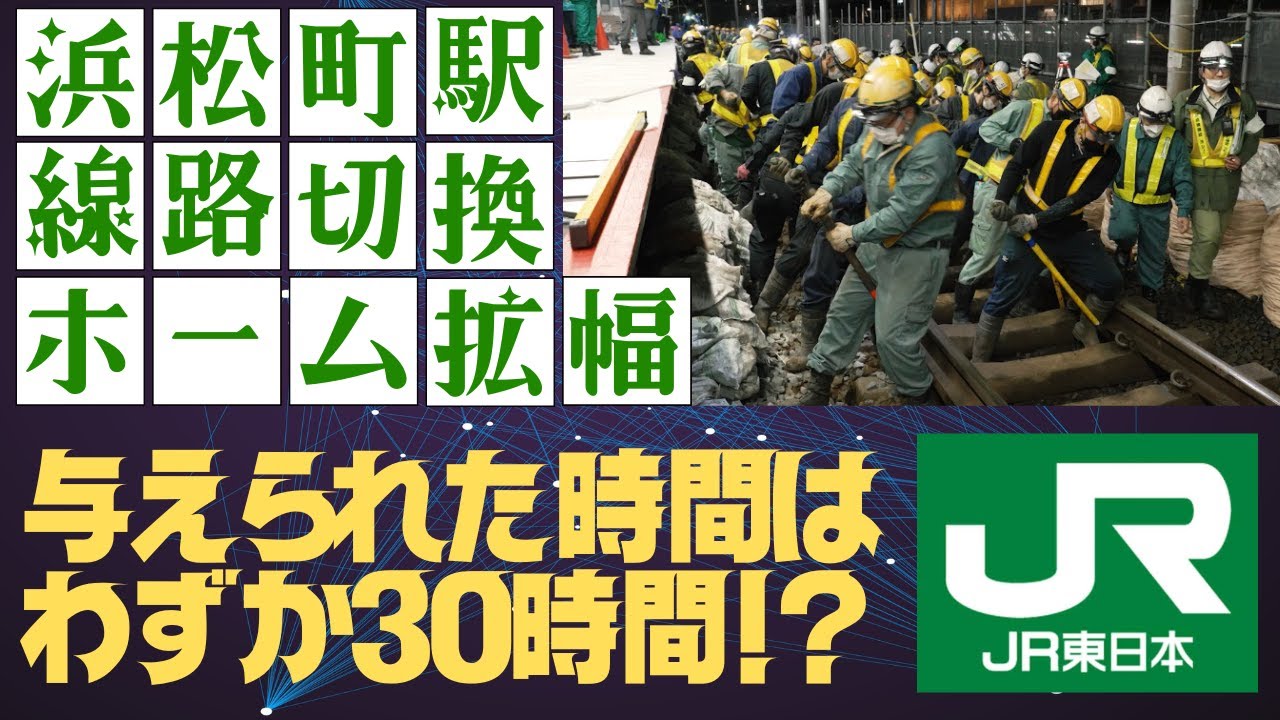Highway 95 in the US just had a viaduct collapse as a result of a tanker fire. This video outlines just how disruptive this will be, and makes it very clear that having a transit alternative is a great way to ensure that our cities are resilient. Being an island and only having a few highways that run through, Montreal is highly vulnerable should one of our highway ever suffer a similar collapse.
À voir les travaux du pont LHL et l’impact que ça a sur les déplacements à l’est de la métropole, je ne peux pas m’empêcher de penser qu’on devrait avoir un lien par rail entre Boucherville et les environs du métro L’Assomption.
Superbe vidéo de Answer in Progress sur les habitudes de déplacement au Canada et aux États-Unis. J’ai eu beaucoup de fun à le regarder.
Encore des retards pour la nouvelle ligne de tramway d’Edmonton.
On discute depuis un bon moment du niveau de bruit à proximité du REM. Il y a de cela plusieurs mois, j’ai passé un certain moment à écumer les cartes satellites de l’Ukrraine et j’ai remarqué ceci:
À proximité des voies ferrées, il y a une bande verte dont la largeur varie de 75 à 120 mètres. Ce type d’aménagement est assez généralisé et existe à peu près partout en dehors des centres urbains. Dans les centres urbains, ce n’est pas inhabituel que cette bande de verdure soit un peu moins large. Ce type d’aménagement existe également à proximité de certaines routes plus passantes.
Même chose en Allemagne
Ou encore en France. Dans ce cas-ci, c’est une ligne de TGV.
On parle beaucoup des plaintes de bruit de ceux qui habitent à proximité, mais est-ce qu’on pourrait commencer par admettre que la manière dont on permet la construction de bâtiment jusqu’à quelques mètres de voies ferrées et d’autoroutes fait partie du problème? Je pense qu’un coup de barre s’impose et qu’il faut revoir la manière dont on conçoit l’urbanisation à proximité de grands axes.
RMTransit a publié une vidéo sur l’ouverture aujourd’hui du premier segment du nouveau métro automatisé à Honolulu. Faits notables, le projet coûte 300 M$/KM, les deux prochaines phases vers l’aéroport et le centre-ville devraient être complétées en 2031, le service actuel est aux 10 minutes et se termine à 19h. Un projet intéressant à comparer avec le REM par ses similitudes et ses critiques.
Newest subway in America… je dirais plutôt en Océanie? ![]()
Je ne suis pas nerveux de voir qu’Hawaï vienne d’ouvrir son métro dans une territoire isolée et très très tranquille avec une chaîne volcaniques actives… ![]()
Most of the activity is on the Hawaii island. The vents on Honolulu have been dormant for a while.
How they move enlarge platforms in Tokyo with only a short closure window. One of the things that fascinate me about the way that Japan builds is that they can move bridges. That simply would not be possible with most of the bridges that we build in North America because of the way that they are designed.
Je regarde les videos des
chantiers de construction de voie ferroviaire au japon et je constate qu’il y a plus d’ouvriers en comparaison avec nos chantiers ici.
In Japan, young people either become skilled labourers, or they finish university and become engineers and doctors; here, young people become Instagram influencers, or they get degrees in underwater basket weaving.
Intéressant de voir que quand une agence de transit avec des compétences fait le calcul, om voit très vite que l’hydrogène fait pas sens pour des trains.
Will no longer be considered’ | Hydrogen trains up to 80% more expensive than electric options, German state finds
Study commissioned by Baden-Württemberg concludes that line electrification or battery hybrid trains would be far cheaper over 30 years
20 October 2022 12:11 GMT Updated 20 October 2022 12:11 GMT
By Leigh Collins
Hydrogen trains will no longer be considered as a possible replacement for diesel locomotives in the German state of Baden-Württemberg, after a study it commissioned found that installation of overhead electricity lines or battery hybrid trains were far more economic over a 30-year period.
“The state has had a total of 16 non-electrified route sections examined for the use local emission-free rail vehicles. In most cases, battery hybrid trains turned out to the best solution,” the state in southwest Germany said in a press release.
Battery hybrid trains are powered by a battery that is recharged on sections of track with overhead power lines.
Consequently, hydrogen fuel-cell trains “will no longer be considered in the near future for various operational and economic reasons”, the state said.
“In a direct comparison, this technology was not able to assert itself on any of the examined routes in Baden-Württemberg — due to the infrastructure and operational characteristics.”
In a 25-page press-conference presentation on the report’s findings, the state’s transport minister, Winfried Hermann, set out the positives and negatives for each of the three zero-carbon options considered: hydrogen trains, battery hybrids and conventional electric trains powered by overhead lines.
The positives for hydrogen were: minor impacts upon introduction and during operation, and no changes required to the rail infrastructure. But the negatives were: costly filling stations; low efficiency, high energy consumption and high cost; the possible need to increase the number of trains because the range would not be sufficient for a whole day of travel; limited availability of green hydrogen; and the need to continually resupply the hydrogen filling stations.
The presentation showed the total cost of ownership (TCO) over a 30-year period on two of the “sub-networks”.
On the Westfrankenbahn line, the TCO of a hydrogen-powered operation would be €849m ($833m), compared to €506m for a battery hybrid and €588m for conventional electric trains.
And on the Nagoldtalbahn, the cost differences were even higher, with hydrogen coming in at €476m, compared to €262m for battery hybrid — 81% less.
The report’s authors — Karlsruhe-based transport analyst TTK, Austrian consultant Komobile and “other partners” — recommended that the three of the six sub-networks replace diesel locomotives with battery hydrids; and that the other three should use conventional electric trains, although in each case, the cost difference between battery hybrid and overhead power lines was said to be “small” or “very small”.
The state owns the local rail company, Landesanstalt Schienenfahrzeuge Baden-Württemberg (SFBW), which buys trains and then leases them to operators. The idea behind this is that states can take out cheaper loans than private companies, thus reducing costs.
SFBW actually placed an order for 27 Mireo Plus B battery hybrid trains from Siemens in 2020, which will be delivered between June and December next year.
“Thanks to the battery hybrid drive of the Mireo Plus B, trains in the Ortenau regions will run emission-free from December 2023,” said Hermann last month.
A similar study last year in the state of Saxony to investigate carbon-neutral replacements of diesel locomotives in the Leipzig area found that battery trains were “optimal” compared to hydrogen ones.
This does not mean that hydrogen trains have no future in Germany or anywhere else.
In fact, the Cuxhaven to Buxtehude line in northwest Germany will become the world’s first 100% hydrogen railway when all its 15 diesel passenger trains are replaced by H2-powered models made by Alstom by the end of this year.
A hydrogen refuelling station has already been installed halfway along the 79km route — initially supplied by H2 produced locally as a by-product of chlor-alkali electrolysis at the nearby Dow chemical plant. But there are question marks over how green the hydrogen will be — as the electrolysis is powered by grid electricity, rather than renewables.
But there are plans to switch the supply to green hydrogen in the coming years.
Normal ! L’infrastructure requise pour produire, stocker et faire le plein d’hydrogène coute déjà une belle petite somme (5 à 10M$ pour une station service automobile). Dans le meilleur des cas, ça demande quand même 3 fois plus d’électricité pour produire de l’hydrogène vert pour parcourir la même distance que juste l’électricité.
Cette source parle de 2.5 fois plus d’énergie en comparant les trains à hydrogène produit par hydrolyse (33% d’efficacité) aux trains électriques (83% d’efficacité).
https://www.imeche.org/news/news-article/could-hydrogen-trains-be-the-future-of-rail
C’est assez comparable aux chiffres pour les automobiles. L’efficacité énergétique est d’environ 16-25% pour les véhicules à essence, 30-35% pour les véhicules à l’hydrogène, 30-40% pour les véhicules au diésel, et 87-91% pour les véhicules à batterie électrique.
https://www.motortrend.com/features/truth-about-electric-cars-ad-why-you-are-being-lied-to/amp/
Déraillement d’une voiture du métro de Scarborough
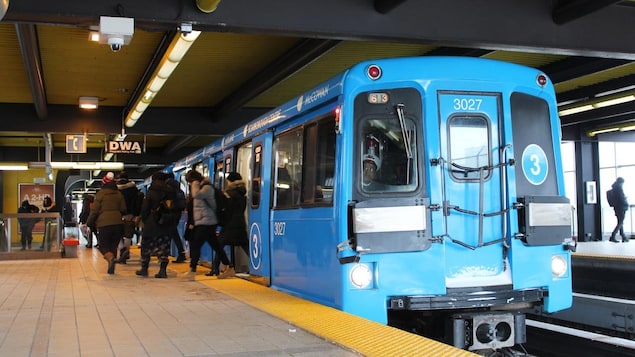
Le Scarborough Rapid Transit sera remplacé par prolongement du métro. (Photo d’archives)
PHOTO : RADIO-CANADA / LAUREN PELLEY
Radio-Canada
Publié à 19 h 59
Mis à jour aujourd’hui à 21 h 17
Cinq passagers ont subi des blessures légères quand la voiture arrière d’une rame du Scarborough Rapid Transit (SRT) s’est détachée et a déraillé lundi soir à Toronto.
L’accident s’est produit près des routes Ellesmere et Kennedy.
Selon la Commission de transport de Toronto (CTT), environ 45 personnes se trouvaient à bord de la voiture.
Les pompiers ont sécurisé la scène et escorté les passagers hors du wagon.
Selon le chef adjoint des services d’incendie Jim Jessop, cinq personnes ont été transportées à l’hôpital, mais leurs blessures ne semblaient pas graves.
Le PDG de la CTT parle plutôt de quatre blessés. Dans une déclaration écrite, Rick Leary a présenté ses excuses et assuré les usagers que la sécurité est une priorité.
J’ai parlé à mon équipe de direction et ordonné la tenue d’une enquête immédiate sur cet événement, en ayant recours si nécessaire à de l’appui et de l’expertise extérieurs à notre organisation, a-t-il affirmé.
Le service a été interrompu sur toute la ligne 3 et remplacé par 20 autobus. Les autobus continueront de remplacer le SRT jusqu’à ce que la CTT ait l’assurance qu’il est sécuritaire de reprendre le service, a expliqué M. Leary.
Le Scarborough Rapid Transit est entré en service en 1985 et connaît fréquemment des problèmes.
Il sera remplacé cet automne par un service d’autobus, en attendant la construction du prolongement de la ligne 2 du métro.
Ouais, ça sent la fin pour le Scarborough RT.
J’étais convaincu que la ligne était déjà fermée ![]()
Moi aussi! ![]()
Elle était fermée depuis plusieurs mois ?
